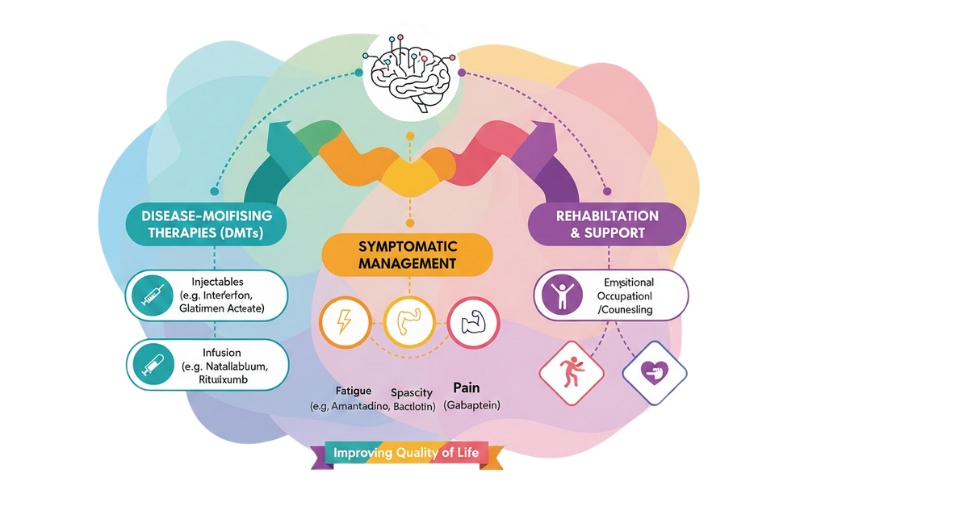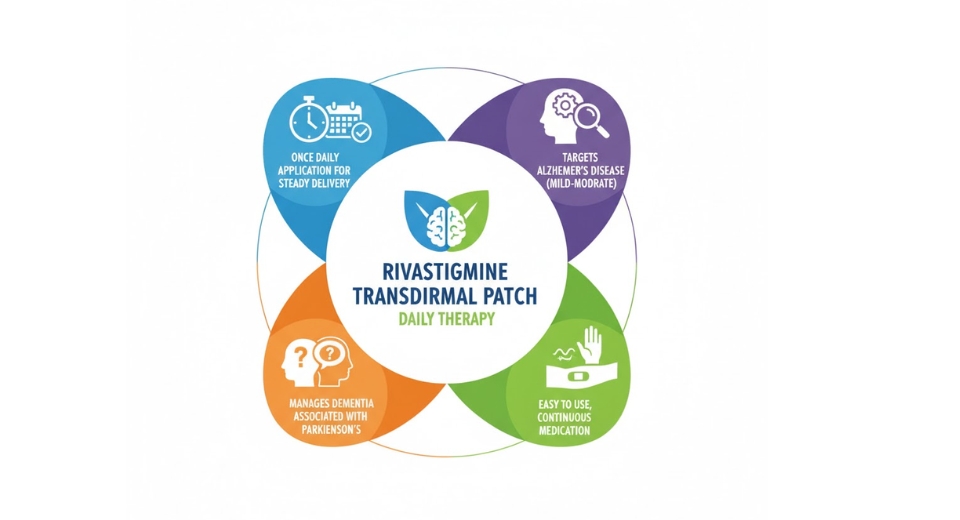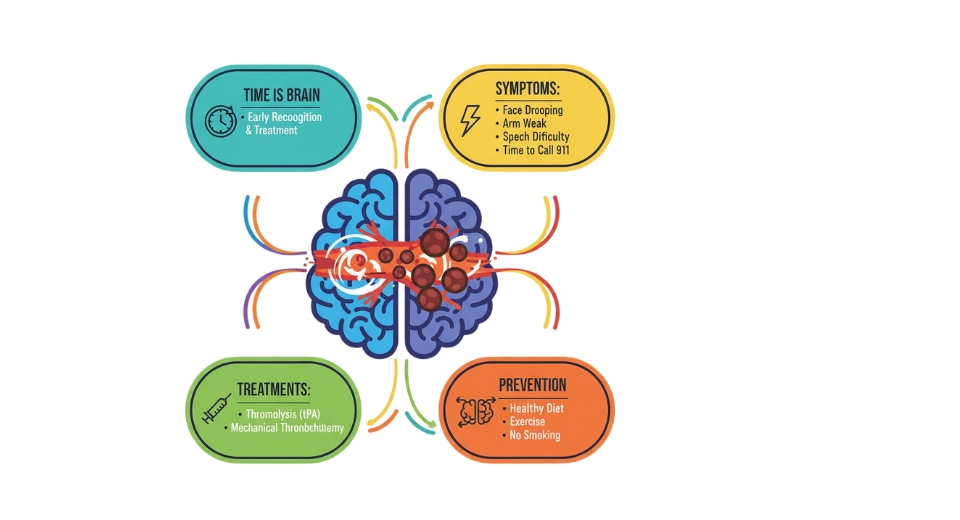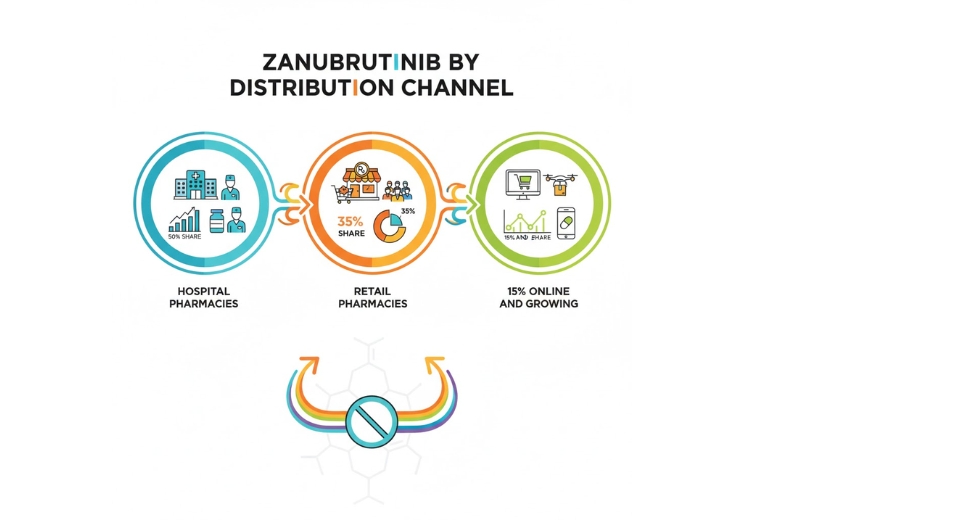Market Definition
Skincare cosmetic products are used by people to gain skin integrity, enhance the appearance and relieve skin conditions. The skincare cosmetic products are designed to provide nutrition, appropriate use of emollients and avoidance of excessive sun exposure.
Global cosmetic skin care market was valued at $XX billion in 2019 with a CAGR of 4.5% from 2020 to 2026.
Market Dynamics
Increasing adoption for natural active ingredients based cosmetic is a key driving factor of the market. Natural active ingredients are increasingly used in cosmetic products. The concern for synthetic chemicals in cosmetics has helped to increase the demand for natural ingredients for cosmetics. The customers are avoiding chemicals cosmetic ingredients such as parabens, phthalates and sodium lauryl sulphate, because of health-associated risks from synthetic cosmetic ingredients. Natural cosmetic products are safer for human health and the environment. The rising demand for natural active ingredients based cosmetic has propelled the cosmetic producer to introduce new natural cosmetic products. For instance, Nutrinorm Wellness has introduced a new collection of beauty, skincare products. The new products are created from natural ingredients backed with extensive research to give a beautiful glow and healthy skin. The products address the needs of oily, dry, sensitive and normal skin. Nutrinorm has introduced face washes for anti-ageing, oil control, acne and clear face; face scrubs, face mask, under-eye cream, and night repair cream. Additionally, Philosophy has introduced an entirely new naturally-derived line of skin and body care products “Nature in a Jar”. Nature in a Jar collection provides three skin-care products including cleanser, exfoliator, and moisturizer; and two for the body include shower oil and lotion. The five products are formulated with ingredients such as vegan and gluten-free. However, the high cost of skin care products might hamper market growth. Some of the high-cost skincare products include La Mer Crème de la Mer moisturizing cream for moisturising and rejuvenate the driest of skin. It cost approx Rs 1,31,985 for 500ml; and OROGOLD 24K Cleopatra Nano Regime for diminishing wrinkles and lines. It costs Rs 5,12,000 for cream, serum and eight envelopes containing gold sheets to be used on the skin for 20 minutes and massage them on the skin using the serum. Moreover, rising demand for sun protection products would provide lucrative opportunities for the market in the coming years.
Market Segmentation
The global cosmetic skin care market is mainly classified based on type and distribution channel. Type is further segmented into Anti-Aging Cosmetic Products, Anti-Acne Products, Skin Whitening Cosmetic Products, Dry Skin Care Products, Sensitive Skin Care Products, Warts Removal Products, and Others. By distribution channel, the market is categorized into Online, Supermarket, Departmental Stores and Convenience Stores, Pharmacies, and Others.
Anti-Acne Products showed significant growth in 2019, owing to the rising prevalence of acne is a key factor in boosting the market. According to the World Health Organization (WHO), acne affected more than 633 million people, making it the most common disease worldwide. More than 90% of the world population is affected by acne at some point in their life. Moreover, the increasing commercialization of new Anti-Acne Cosmetic Products is boosting the global cosmetic skin care market. For instance, Mattify Cosmetics has introduced new Stop-Zit moisturizer for acne. Stop-Zit moisturizer contains aloe vera base, six natural plant oils, combined with the enzymatic power of aloe, that keep pores clean while targeting the root to destroy acne bacteria.
Regional Analysis
Based on geography, the global cosmetic skin care market is divided into North America, Europe, Asia-Pacific, South America, and Middle East & Africa. North America is further divided in the U.S., Canada, and Mexico, whereas Europe consists of the UK, Germany, France, Italy, and Rest of Europe. Asia-Pacific is segmented into India, China, Japan, South Korea, and Rest of Asia-Pacific. The South America region includes Brazil, Argentina, and the Rest of South America, while the Middle East & Africa is categorized into GCC Countries, Egypt, South Africa, and Rest of Middle East & Africa.
North America was dominating the global cosmetic skin care market in 2019, due to the rising adoption of natural active ingredients based cosmetic. According to the National Purchase Diary (NPD), more than 50% of American women use natural or organic skincare products. Moreover, the commercialization of new brand for skincare cosmetics and partnership between companies to develop and market skincare cosmetics at the global scale are some of the factors boosting the market growth. For instance, Aurora Cannabis Inc. has partnered with Evio Beauty Group Ltd. to make a strategic investment in Evio Beauty. Based on the Agreement, Aurora and Evio Beauty collaborated to develop a line of co-branded hemp seed oil cosmetic products as well as a collection of CBD infused cosmetic products.
Competitive landscape
Major players operating in the cosmetic skin care industry include Amorepacific Corp., Beiersdorf AG, CHANEL Ltd., Colgate-Palmolive Co., Forest Essentials, The Procter & Gamble Co., Unilever PLC, Johnson & Johnson Services Inc., L'Oreal SA, Kao Corp., LVMH Moet Hennessy Louis Vuitton SE, New Avon Co., Revlon Inc., The Body Shop International Ltd., and The Estée Lauder Companies.
Increasing investment by companies to develop new cosmetic skin care products and expand its business, the partnership between companies to market and develop cosmetic skin care products and commercialization of new brand for skincare cosmetics are some of the strategies adopted by the major companies. For instance, on May 22, 2020, Coty Inc. has introduced Kylie Skin at Douglas, making it the fastest-growing and most-engaging beauty brands on social media in Europe. Douglas offers six different products from the Kylie Skin line, including the Foaming Face Wash, Face Moisturizer, Eye Cream, Walnut Face Scrub, Vanilla Milk Toner and Vitamin C Serum. The products are cruelty-free, gluten-free, vegan, paraben and sulfate-free, and are suitable for all skin types.
Cosmetic Skin Care Market Key Segments:
By Type
- Anti-Aging Cosmetic Products
- Anti-Acne Products
- Skin Whitening Cosmetic Products
- Dry Skin Care Products
- Sensitive Skin Care Products
- Warts Removal Products
- Others
By Distribution Channel
- Online
- Supermarket
- Departmental Stores and Convenience Stores
- Pharmacies
- Others
Key Global Cosmetic Skin Care Industry Players
- Amorepacific Corp.
- Beiersdorf AG
- CHANEL Ltd.
- Colgate-Palmolive Co.
- Forest Essentials
- The Procter & Gamble Co.
- Unilever PLC
- Johnson & Johnson Services Inc.
- Kao Corp.
- L'Oreal SA
- LVMH Moet Hennessy Louis Vuitton SE
- New Avon Co.
- Revlon Inc.
- The Body Shop International Ltd.
- The Estée Lauder Companies
What Report Provides
- Full in-depth analysis of the parent Industry
- Important changes in market and its dynamics
- Segmentation details of the market
- Former, on-going, and projected market analysis in terms of volume and value
- Assessment of niche industry developments
- Market share analysis
- Key strategies of major players
- Emerging segments and regional growth potential








 US: +1 3023308252
US: +1 3023308252






